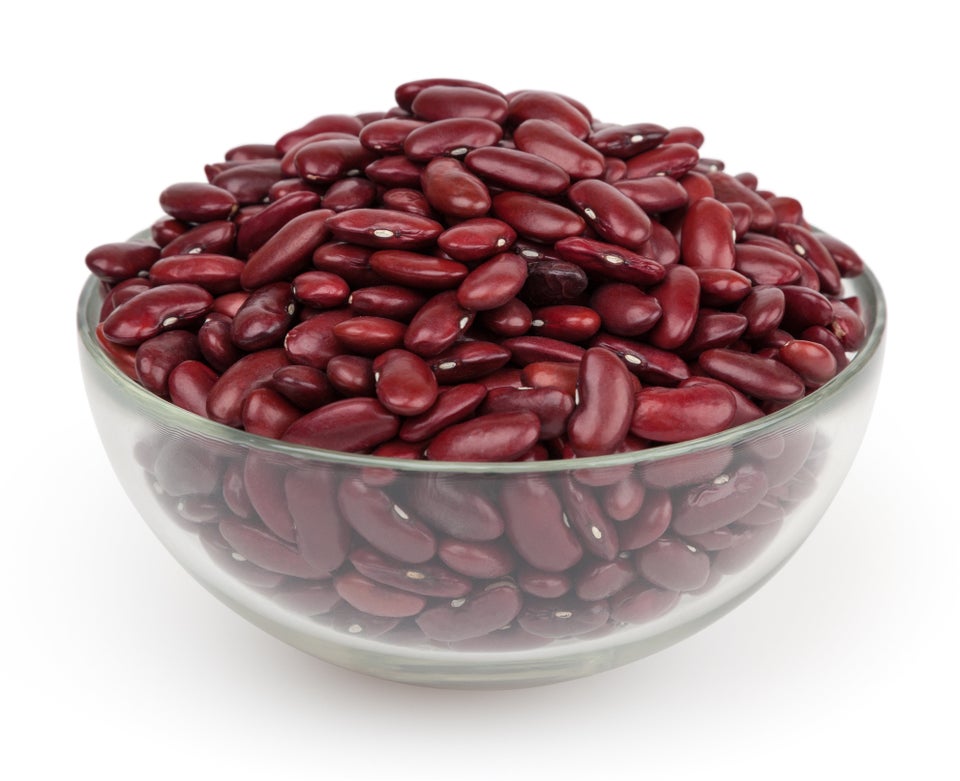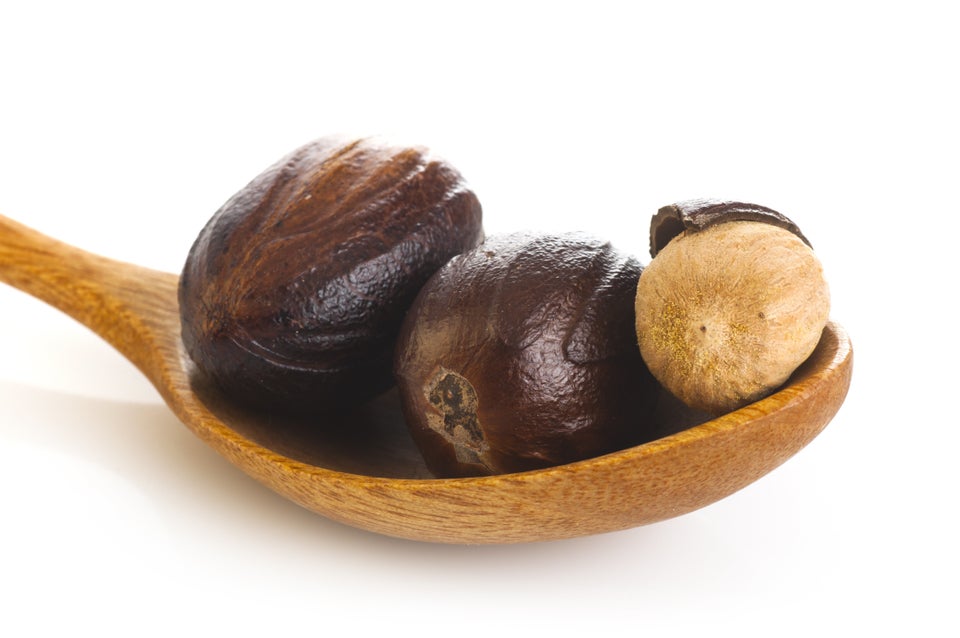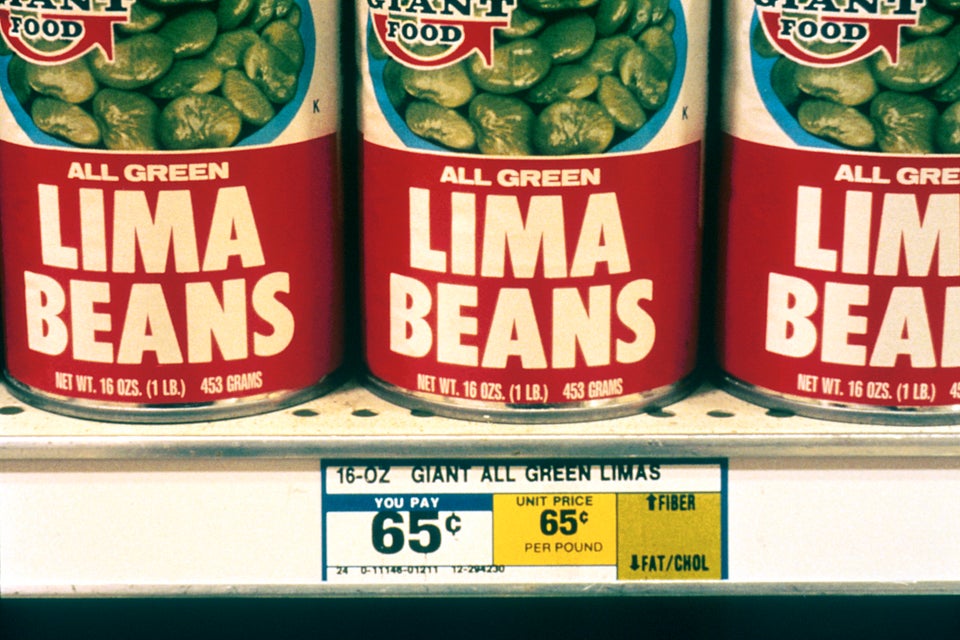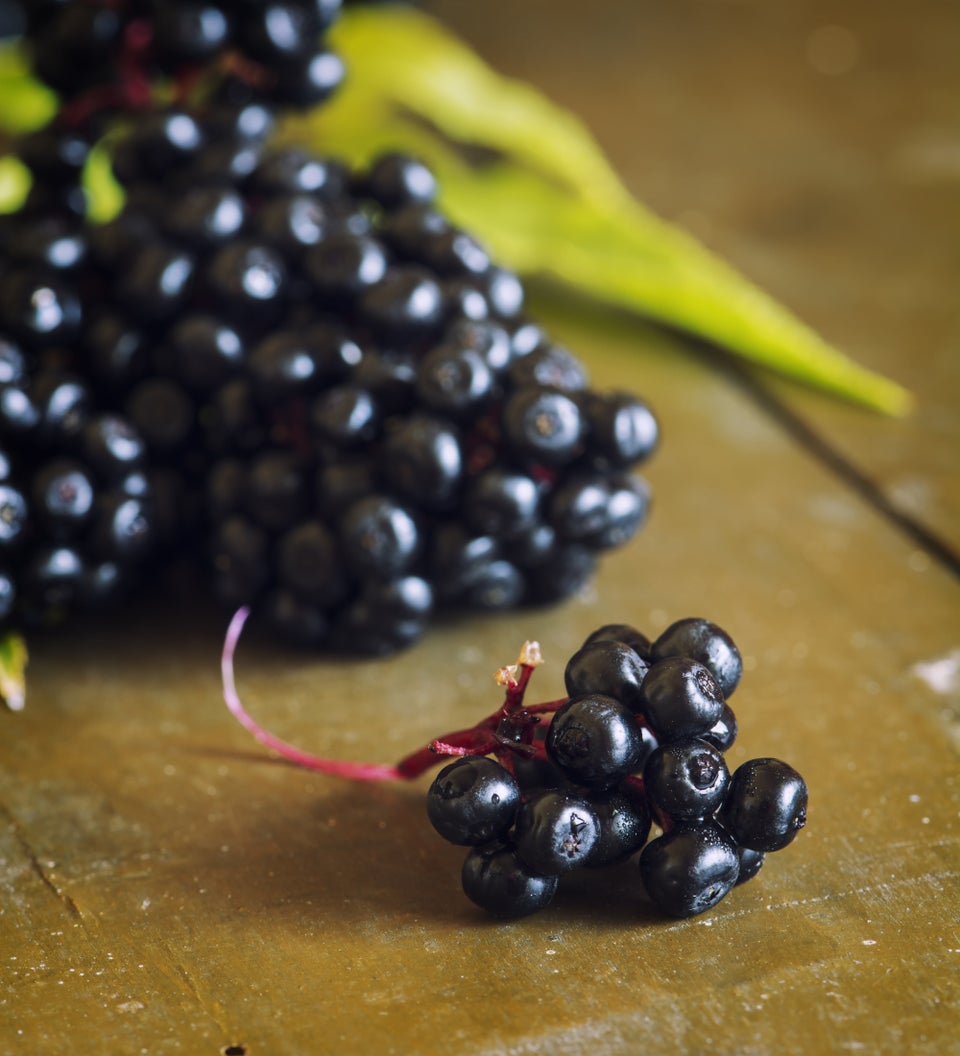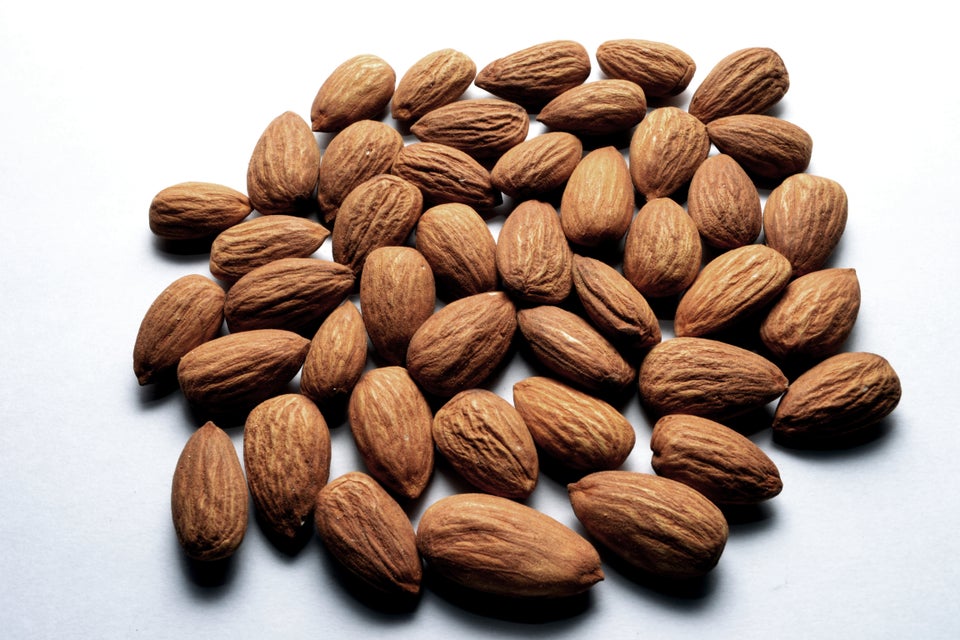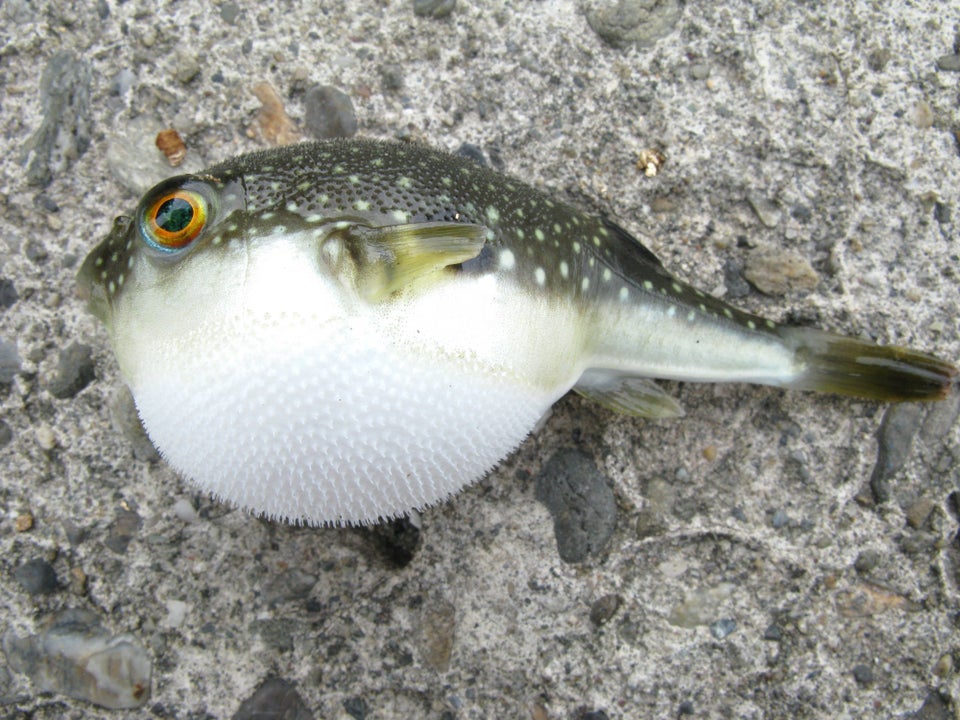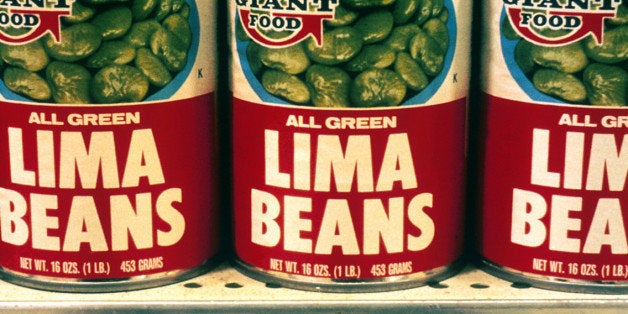
We don't mean to sound alarmist, but some common ingredients have the power to kill you.
Did you know, for instance, that raw lima beans contain linamarin, a compound that, when consumed, decomposes into hydrogen cyanide. We don't need to tell you that cyanide is deadly, though the good news is that cooking them for 10 minutes renders the beans safe.
Raw red kidney beans could potentially be dangerous, too. Uncooked beans contain the poison phytohaemagglutinin, which is also only neutralized by a least 10 minutes of cooking at boiling temperature. Don't cook them a degree below, though -- doing so only intensifies the poison.
But not to worry: If prepared and eaten properly, you'll get all of the benefits from these tasty ingredients (and none of the danger).
Scroll down for more ingredients that you'll want to eat correctly.
